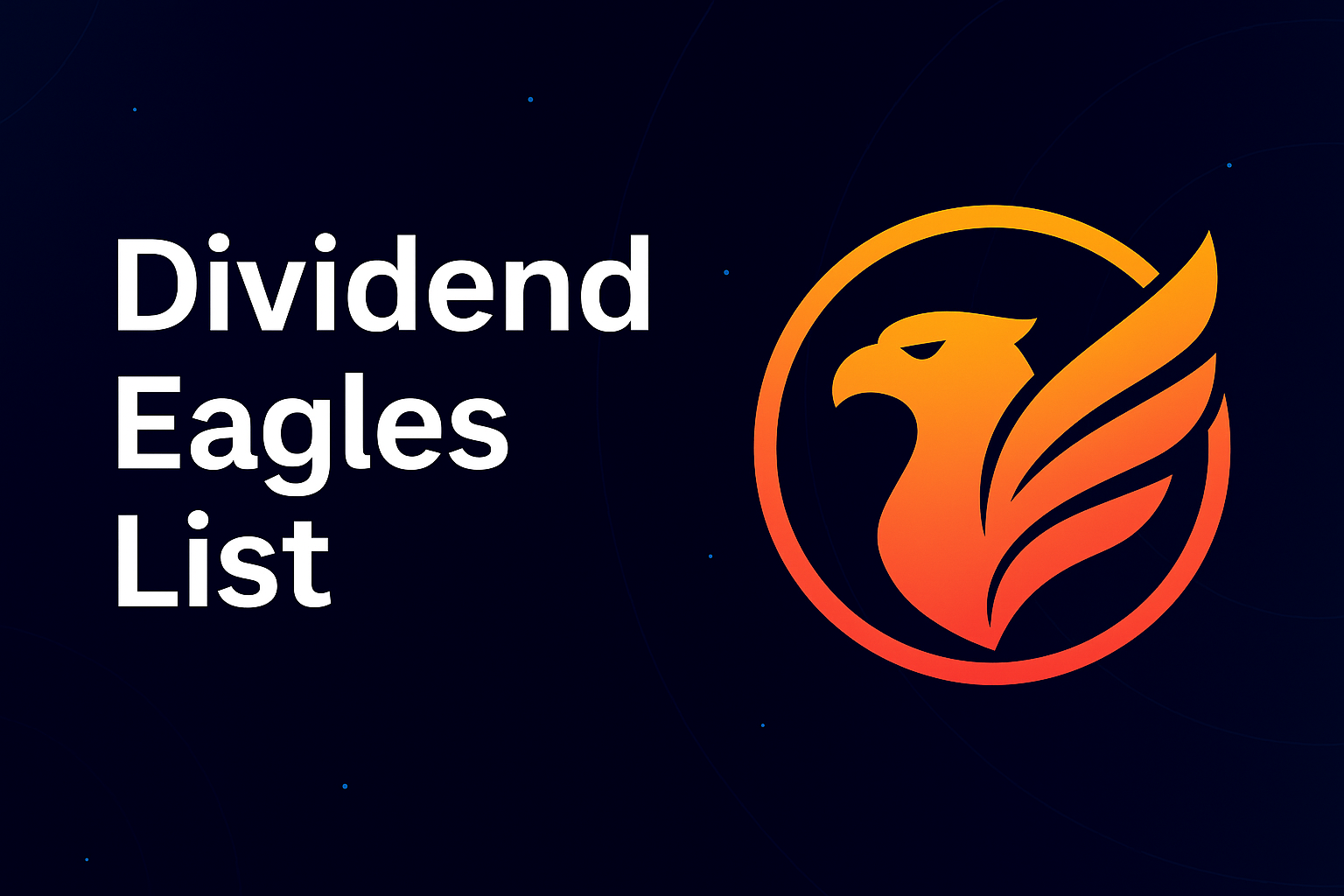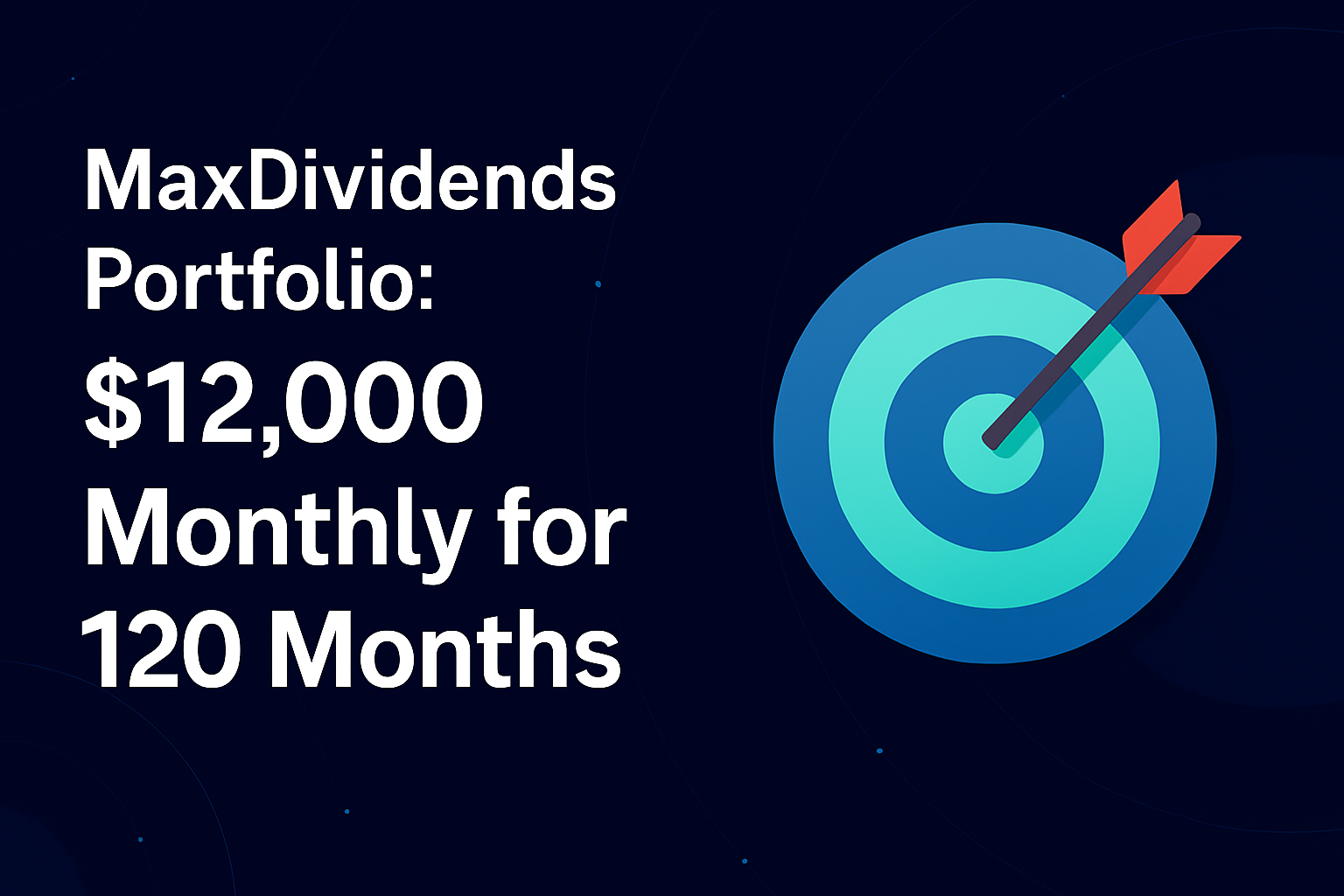One of the most common questions for financial advisers is whether it is too late to start investing at 30. But 30 and even 40 is an excellent time to build up capital.
Here is an overview of when to take your first steps in the stock market and which tools to use.
Table of Contents
When is the best time to start investing
The most popular advice related to investing is not to put it off. There is no limit as to what age you can start investing. There are 4 signs that a person is ready for this step.
1. You’re building a strong emergency fund.
An emergency fund is money that a person can use in case of illness, job loss, etc. Financial advisors recommend having enough money to be unemployed for at least 3 to 6 months and to maintain a familiar standard of living.
These funds should be readily available. For example, they can be kept in a high-yield savings account, which is allowed to close without losing part of the amount invested.
2. You end each month with extra money.
If after paying all the bills and obligatory expenses a person has extra money, it’s time to think about how to make it work.
3. You’re ready to commit to some financial goals.
For investing to work, a person must have clearly defined financial goals and a strategy to achieve them. It also requires discipline to stick to the plan and the knowledge needed to assess all the risk of each asset class.
If a novice investor doubts that he or she will be able to achieve results, it is useful for him or her to start with short term investments. For example, save up for a vacation, a down payment on a house, etc. This will make sure that even small savings yield results.
4. You have access to a retirement plan.
An Employer Sponsored Retirement Plan is the best long term investment option. If the company a person works for offers a 401(k) or 403(b) plan, it makes sense to join.
The corporate retirement plan gives you the opportunity to:
- get extra money (many employers credit their employees’ retirement accounts with an amount equal to their own contribution);
- automate the process ( an employer will transfer part of an employee’s salary to an investment account on its own);
- reduce the tax base (funds are credited to the traditional retirement account before taxes are paid, which saves money).
An alternative to the corporate program is the Individual Retirement Account (IRA). It also allows you to qualify for tax benefits.
Why Should You Start Investing in Your 30s?
At 30, a person has enough time to build up capital. What assets to use for this depends largely on their investment goals. It is a priority to define them.
At the age of 30, people tend to save money in order to:
- buy real estate;
- pay for your children’s education;
- create retirement savings and ensure a secure financial future.
Balancing Investing With Life Events In Your 30s
The main difficulty in investing at this age is having significant expenses. At this age, many people buy houses, start families, etc. In addition, there are still outstanding student loans.
Therefore, it is important not only to make a financial plan, but also to allocate money correctly between current needs and investing.
Investing if you don’t want kids
For such a person, the main investment goal is likely to be the creation of retirement capital. It is wise for a person to use accounts that are eligible for tax benefits. These may be employer sponsored retirement plans or IRAs.
Investing if you want or already have kids
In this case, a person will have to consider less long-term goals. For example, expansion of housing, private schools for children, etc.
In doing so, he or she has more options for obtaining tax benefits. For example, he can use a custodial brokerage account or a 529 plan to save for tuition.
How Much Should You Invest in Your 30s?
The amount a person has to save depends on three factors:
- financial goal;
- investment horizon;
- expected return.
The later one begins to create capital, the lower the compound interest effect’s compound earnings. Which means that a person must increase his personal investment. Let’s say the financial goal is $1 million by age 62, and the expected investment return is 8% per annum.
Someone who started building wealth at age 20 would only need to set aside $300 a month. The table below shows the amounts one would have to save at 30-40 to achieve a similar result.
| Age of investment start | Amount to invest er month to rich $1 mln |
| 30 | 575 |
| 31 | 635 |
| 32 | 685 |
| 33 | 750 |
| 34 | 815 |
| 35 | 890 |
| 36 | 965 |
| 37 | 1060 |
| 38 | 1160 |
| 39 | 1275 |
Do You Need A Financial Advisor?
Contacting a financial advisor is the traditional way to build an investment portfolio. The best option is to prefer the services of a fee-only advisor. This will help avoid conflicts of interest.
But for someone with little capital, such a solution is unjustifiably expensive. An alternative is to use robo-advisors.
These are computer programs that select an asset allocation based on inputs specified by the investor. Unlike a human, they cannot offer investment decisions that take into account all individual circumstances. But robo-advisors are much more financially accessible.
How to Invest In Your 30s
Asset allocation depends largely on risk tolerance. It is believed that 30 is still the right age when you should start investing in highly volatile securities. But that does not mean that a particular individual cannot pursue a conservative strategy. The following table illustrates several asset allocation options.
How to Build Wealth in Your 30s
There are various options for finding a balance between long-term and short-term goals. Below is an example of prioritization.
1. Contribute to Your Employer 401(k)
An Employer Sponsored Retirement Plan is the most profitable way to build capital. So the first priority is to get the most out of it.
In 2023, the 401(k) contribution limit for investors under age 50 is $22,500.
2. Save for Retirement in a Roth IRA
Long-term investing and using compound interest to the maximum remains the best way to build capital and for those for whom a corporate retirement plan is not available.
Another situation when you should start investing in an IRA is having free money after getting a maximum match with your employer.
A Roth IRA is often considered more preferable than a traditional IRA. The income earned in this account over many years is tax free. And withdrawals for good cause can be made without penalty even before retirement age.
The maximum annual contribution in 2023 is $6500.
3. Pay off Bad Debt
Money saved on interest on a loan can be considered risk-free income. To determine whether to make debt payments ahead of time, you can use the interest rate to determine whether it is worth it.
The average annual return on an investment in the SP500 on a long horizon is considered to be 8% per annum. If the interest rate on the loan exceeds this figure, it is advisable to pay it off as soon as possible.
4. Have an Emergency Fund
Having an emergency fund is a guarantee that an investor will not have to prematurely sell assets purchased as part of a long-term investment strategy. Without such a reserve of cash, a person may find themselves forced to close positions during a drawdown period or take out expensive loans.
5. Plan for Life Events
Investing is a long game and should not be to the detriment of other life goals. In addition to retirement accounts, one should have a short-term savings strategy to address current challenges.
6. Use tax-advantaged accounts
If a person has money left over after making contributions to a retirement plan, paying off debts, and closing the needs of life, he or she can accumulate it in a standard investment account.
But such a decision has tax consequences. It is possible to reduce them by using a tax-advantaged program. For example, a health savings account or a savings account for your children’s education.
7. Consider ETFs and index funds
This is the easiest way to create a well-diversified portfolio. Such funds have low costs. And statistics show that passive investing on the horizon of decades yields better results than active trading.
But it all depends on how much risk the investor is willing to take, given his psychology and financial situation. Many people at the age of 40 prefer stock investing of certain companies in order to get a return higher than the market average.
Is it too late to start investing at 40
Most investment advice on how to start building retirement capital is geared toward people in their 20s and 30s. But that doesn’t mean you should give up the idea of improving your financial future in your 40s and beyond.
Achieving a significant result will require more effort, but a person still has enough time to tackle global challenges.
How Much Money Can You Save for Retirement if You Start at 40?
The final result depends on the amount of monthly deposits and the average annual return. For example, a person who started investing at age 40 at 8% per annum by age 65 will receive:
- $477,000 by saving $500 a month;
- $715,000 by depositing $750 each;
- $954,000 by saving $1,000 each;
- $1,431,000 by investing $1,500 each.
How to Invest In Your 40s
Here are a few solutions that can help you increase your retirement capital. They are especially helpful for people who started investing after age 40.
Invest 10% to 20% of your income
The minimum amount to save in adulthood is 10% of income.
This will probably require reconsidering current spending. You need to remember that the money you invest will benefit you in the future. A person who can’t live on 90% of their income is unlikely to be able to meet their Social Security pension.
Make incremental increases
It is advisable to strive to increase your share of income in your retirement account by at least 1 percent each year. This will help make up for some of the lost years of investing.
Contribute unexpected cash
Sometimes a person receives extra money on top of their salary. This can be a bonus, gifts in the form of cash, or an inheritance. These cash investments are a great way to increase your bottom line.
Take advantage of employer contributions
The later a person begins investing, the more important it is to increase the amount they save. Employer contributions are a great way to do this.
Statistics show that, on average, companies are willing to contribute about 4.5 percent of employees’ salaries to their retirement accounts.
Don’t expect to rely solely on Social Security
In 2023, the average Social Security benefit in the United States is $1827. This amount is intended to be a supplement, not a principal income, to a person’s retirement.
In addition, there is a risk that Social Security funds will be exhausted by 2034.
5 warning signs that you’re not ready to start investing, according to financial planners
Financial advisors name 5 signs that it is too early for a person to open a standard brokerage account. These are the following facts:
- You have a lot of high-interest debt.
- You haven’t thought about your priorities.
- You don’t have an emergency fund.
- You haven’t done enough research. Investing involves risk, you need to understand how capital growth tools work.
- You aren’t investing in your 401(k), which is not enough to get a maximum match with your employer.
Conclusion
There is no period in a person’s life when it is too late to start investing. But which assets it is more appropriate to use depends greatly on the investment horizon. The shorter it is, the less risk an investor can take.
In addition to age and investment opportunities, there are related factors to consider – debts, emergency fund, etc. Striving to save more without taking into account personal circumstances will only lead to rapid disappointment in investing.
FAQ
How to start investing in your 20s
Financial planners usually recommend young people grow stocks investing, because you can afford greater risk at age 20 than at age 40-50. Even at this age, it is advisable to use tax-advantaged accounts.
What age can you start investing
The best answer to the question of when to start investing is now. But before you buy securities, you need to make sure that high-interest loans are closed and an emergency fund has been accumulated.
How much should a 40 year old invest?
To accumulate capital considered sufficient for retirement by age 65, it is advisable to invest at least $9,000 per year. This is assuming one uses assets yielding at least 7-8% per annum rather than low-yield, risk-free instruments.
At what age is it too late to invest?
It is never too late to start investing. As long as a person has enough income to provide for his needs and set aside some money, he can improve his financial situation with the help of securities.
What should you invest in in your 40s?
At age 40 and beyond, a large portion of the portfolio should be fairly reliable assets. These can be index funds on the SP500, stocks of dividend aristocrats, real estate, etc.
You Might Also Like
- What Is Dividend Yield? A Complete Guide to Calculation and Interpretation
- How to Calculate Dividend Yield: A Step-by-Step Approach for Investors
- What Is a Dividend Yield? Understanding This Key Investment Metric





